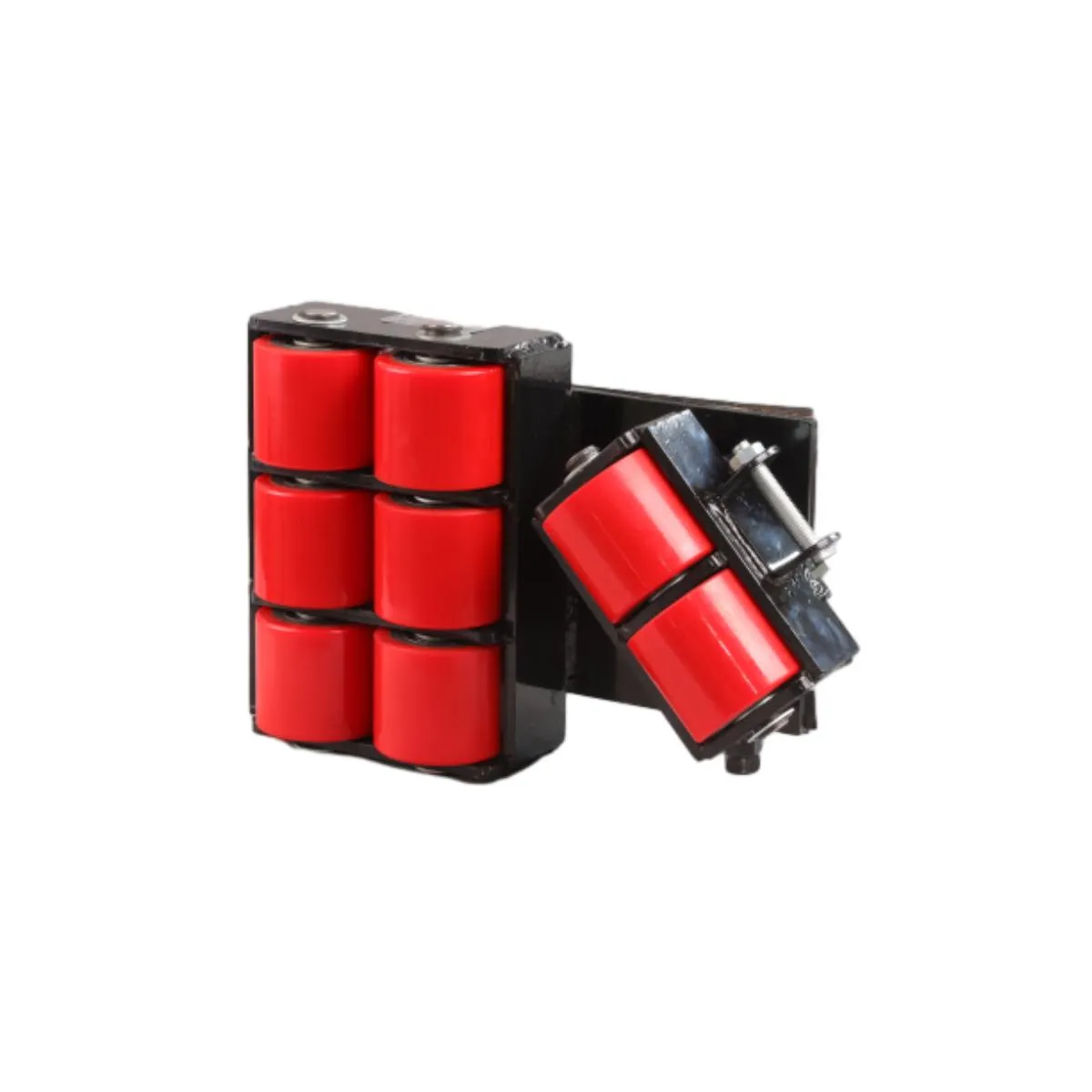portal jib crane
The Portal Jib Crane An Essential Tool for Material Handling
In various industrial environments, the effectiveness and efficiency of loading and unloading materials largely depend on the equipment used for these tasks. Among such equipment, the portal jib crane has gained significant popularity for its versatility and reliability. This article provides an overview of the portal jib crane, its features, advantages, and applications in the modern industrial sector.
What is a Portal Jib Crane?
A portal jib crane is a type of overhead lifting device that combines the characteristics of a jib crane and a portal frame. It consists of a horizontal boom (or jib) mounted on a vertical column, which is supported by two legs extending outward. The design allows for a significant range of motion, making it ideal for positioning and lifting heavy loads safely and efficiently within a designated work area.
Key Features
1. Structural Design The portal jib crane features a robust construction that ensures stability and durability. The portal frame design allows for easy access to the work area, as it can be positioned close to walls or other structures.
2. Rotational Movement The jib can rotate around the vertical column, allowing operators to maneuver loads precisely. This capability is particularly useful in confined spaces where traditional cranes may not fit.
3. Flexible Capacity Portal jib cranes come in various sizes and load capacities, accommodating a wide range of lifting needs, from light-duty applications in workshops to heavy-duty requirements in manufacturing plants.
4. Electrical and Manual Options Depending on the specific needs of the operation, portal jib cranes can be equipped with electric hoists, chain blocks, or manual winches, providing flexibility for different lifting scenarios.
5. Customization Many suppliers offer customized solutions for portal jib cranes, including modifications in height, reach, and lifting capacity to suit particular applications.
portal jib crane

Advantages of Portal Jib Cranes
1. Space Efficiency The compact design of portal jib cranes allows them to be installed in limited spaces without sacrificing functionality. Their ability to operate in tight areas gives them an edge in urban environments or smaller facilities.
2. Increased Productivity By streamlining the process of moving materials, portal jib cranes contribute directly to increased productivity. Employees can lift and transfer items with minimal effort, reducing the likelihood of workplace injuries and improving overall workflow.
3. Cost-Effective Compared to larger overhead cranes, portal jib cranes are often more cost-effective in terms of installation, maintenance, and operation. Their straightforward design means fewer components may require replacement, leading to lower long-term costs.
4. Ease of Operation Portal jib cranes are designed for ease of use. Operators can quickly learn to maneuver them, leading to reduced training times and enabling a smoother integration into existing workflows.
Applications
Portal jib cranes are utilized across various industries, each benefiting from their unique capabilities. Some of the common applications include
- Manufacturing In factories, portal jib cranes facilitate the movement of raw materials, components, and finished products between workstations. - Construction These cranes aid in lifting heavy materials, tools, and equipment, ensuring projects are completed safely and efficiently. - Warehousing Portal jib cranes can be used to organize inventory, move pallets, and distribute goods within a warehouse setting. - Maintenance Many maintenance facilities use portal jib cranes for lifting engines, machinery parts, and other heavy components.
Conclusion
In summary, the portal jib crane represents a vital asset in material handling operations across various industries. Its robust design, space-saving features, and operational efficiency make it a preferred solution for lifting tasks. As industries continue to seek ways to optimize productivity and safety, the demand for portal jib cranes is likely to grow, solidifying their importance in the industrial landscape. Whether in manufacturing, construction, or maintenance, these cranes will continue to play a critical role in facilitating efficient and safe material handling.
-
Unlock Seamless Relocation with Our Heavy Equipment Moving ExpertiseNewsJun.06,2025
-
Unleash Unrivaled Flexibility with Our Adjustable Gantry CraneNewsJun.06,2025
-
Unleash Heavy-Duty Efficiency with Our Industrial Gantry Crane SolutionsNewsJun.06,2025
-
Revolutionize Steel Handling with Our Magnetic Lifter RangeNewsJun.06,2025
-
Master Equipment Mobility with Premium Machinery Mover SolutionsNewsJun.06,2025
-
Elevate Your Material Handling with Magnetic Lifter TechnologyNewsJun.06,2025
-
YS Permanent Lifting Magnets: The Smarter Way to Handle SteelNewsMay.22,2025
